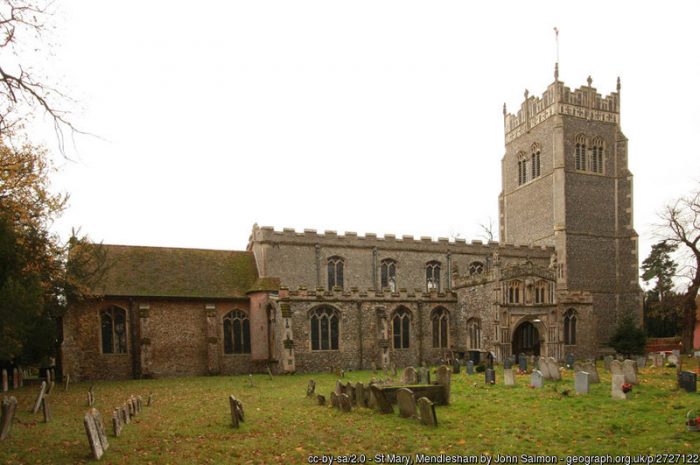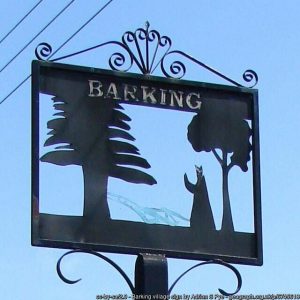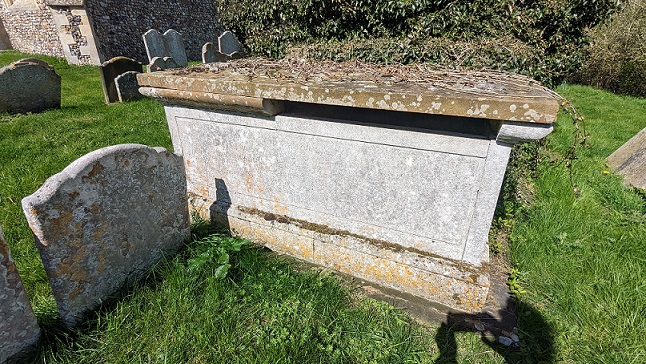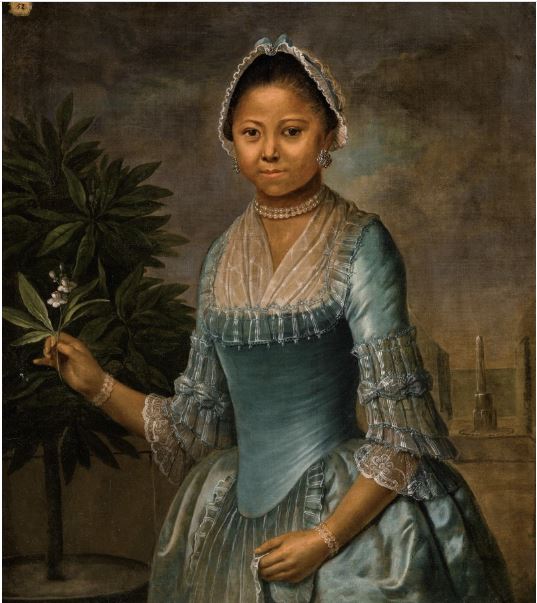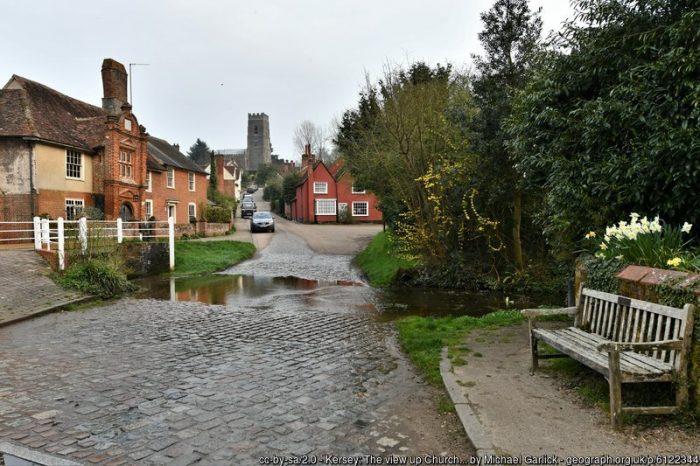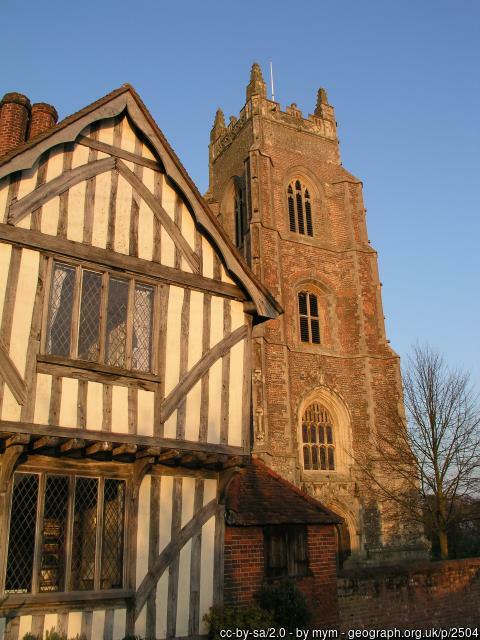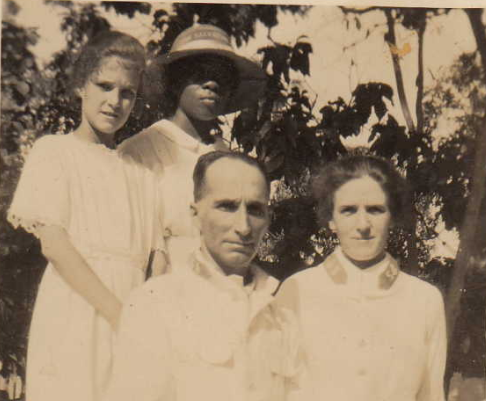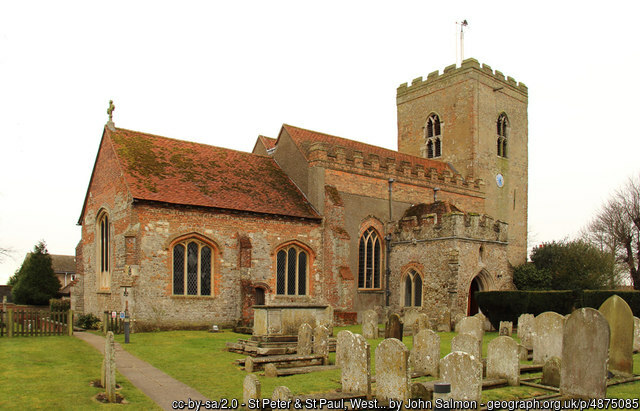Over 1,000 burials for Mendlesham, Suffolk, from 1558 to 1661 now online!
More Barking baptisms
Over 2,000 baptisms for Barking, Suffolk (inc Needham Market and Darmsden) from 1635-1691 now online!
More burials for Kersey
Over 1,500 burials for Kersey, Suffolk, from 1671-1812 now online. That makes over 2,500 Kersey burials from 1563-1812.
The Black presence in 17th C England
Parish registers aren’t just lists of names and dates. Sometimes the notes left behind by vicars of old can tell us more about the people who lived in their parish. Every so often, transcribers and family historians find Black people in parish registers; I’ve written about the Black men and women of Essex before: Black History Month – Harwich and Boreham, and Black History Month – Wivenhoe.
The most recent find is the baptism of Hope Heath, baptised on 12 July 1696 at Leyton, Essex, “a black woman aged about 21.”[1]ERO ref D/P 45/1/2 Image 78. Found by Arnie Webb.
What happened next? There are some clues. A marriage took place at St James Duke’s Place, Aldgate in the City of London, on 8 July 1697 between Samuel Moston, a bachelor, and Hope Heath, a widow of Low Leyton, Essex. There’s nothing to say in Hope’s baptism record that she was single, married, or a widow, so this could be her.
The lovely portrait above is called Portrait of a Lady Holding an Orange Blossom. Find out more about it at Georgian Era.
Footnotes
| ↑1 | ERO ref D/P 45/1/2 Image 78. Found by Arnie Webb. |
|---|
Kersey baptisms
Over 800 baptisms for Kersey, Suffolk, now online from 1763-1812. That makes over 3,000 from 1561-1812! More burials and marriages to follow.
More Stoke-by-Nayland baptisms
Over 1,200 baptisms for Stoke-by-Nayland, Suffolk, from 1653-1708 added to the site. That’s it from me for Stoke-by-Nayland, but stay tuned for more Mendlesham, Barking, Kersey, and goodness knows where else!
More Mendlesham baptisms!
I transcribed Mendlesham baptisms, burials and marriages 1750-1819 several years ago. I’m now working on the earlier registers, so I’ve just added over 1,000 baptisms from 1558 to 1620 to the site!
Follow the stories or follow the documents?
Someone in a family history group I’m in on Facebook asked whether we should follow stories handed down by family members or the documentation, if the two don’t match.
My advice is to follow the documents, but bear in mind there might be grains of truth in what people remembered among things that have been misremembered or invented!
My grandad said his great-aunt married a man called George Smith, who had “a troop of horse” and was injured during the Charge of the Light Brigade.
What I found out from the documents (census, BMD records etc) was that his name was George Owler, and he was injured at the Battle of the Alma which took place before the more famous Charge of the Light Brigade. His father had been a cattle dealer, which might be where my grandad got the “troop of horse” idea from.
Sometimes people tell you a bit but not all – my other grandad told me that his uncle “played the squeeze box in the Sally Army.” That was all he said. I found out from the Salvation Army archives that Uncle John Barrell and his wife Ada had spent years living in Jamaica and countries in Africa, working to build schools for blind people. His zeal to help came about because his sister Emma became deaf-blind. I even found out, thanks to the Cadbury archives, that John and Emma’s daughter married a cocoa-dealer who worked for Cadbury’s. Although Uncle John did indeed play the squeeze box (I found newspaper reports of fundraisers where he played it, in Kingston – he sounds like quite a character!), he did a whole lot more besides!
West Mersea burials
Nearly 1,200 burials for West Mersea, Essex, from 1738-1812!
More Stoke-by-Nayland baptisms!
Over 800 baptisms for Stoke-by-Nayland, Suffolk, from 1621-1645 now added!

